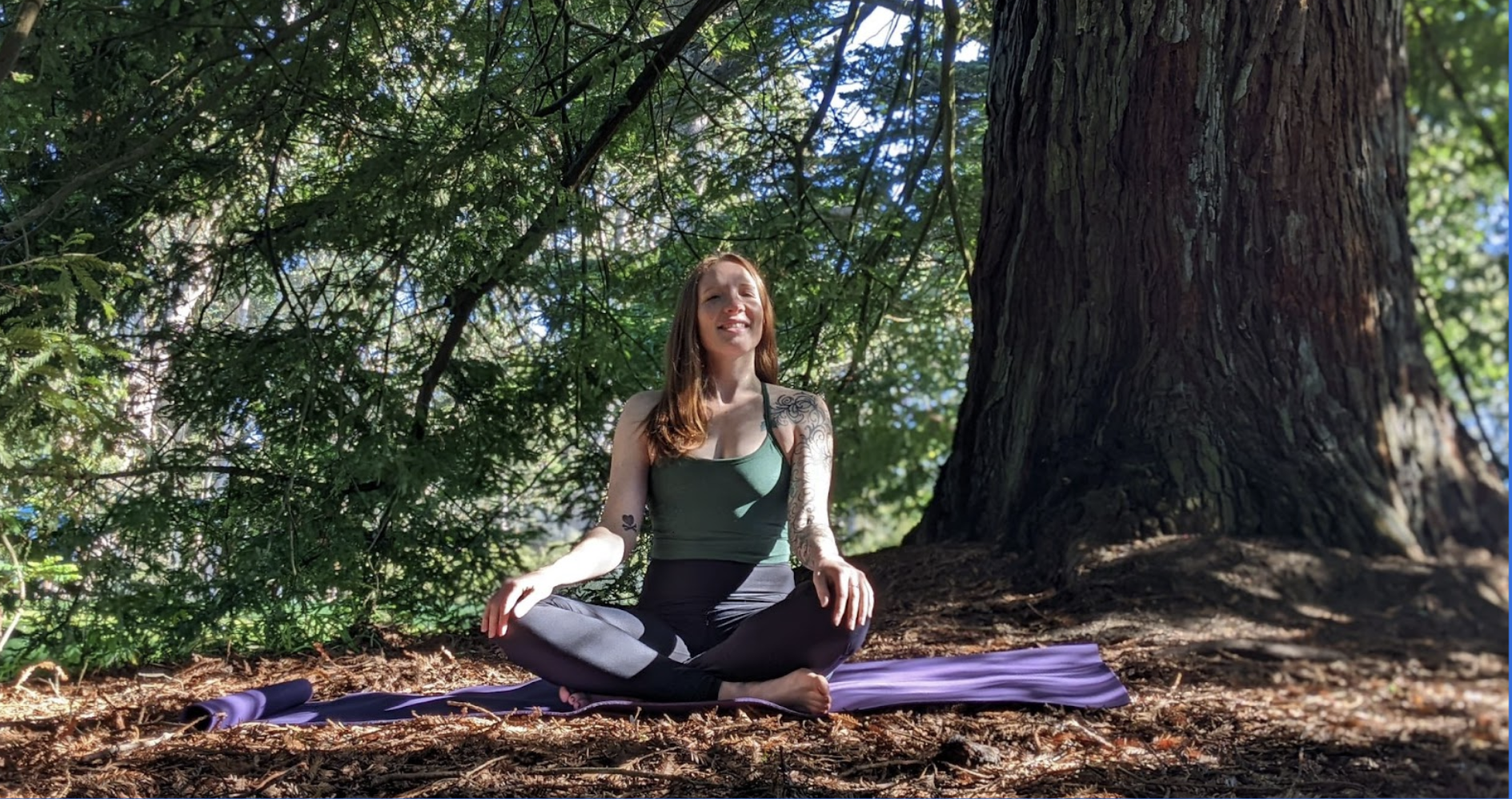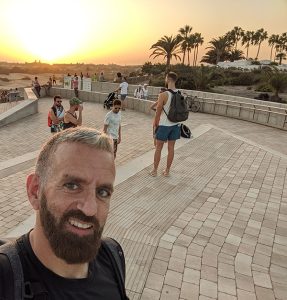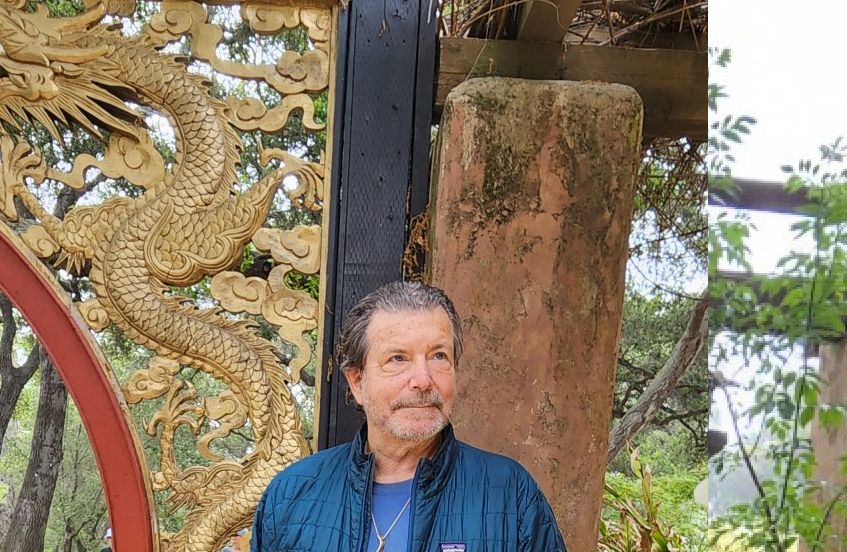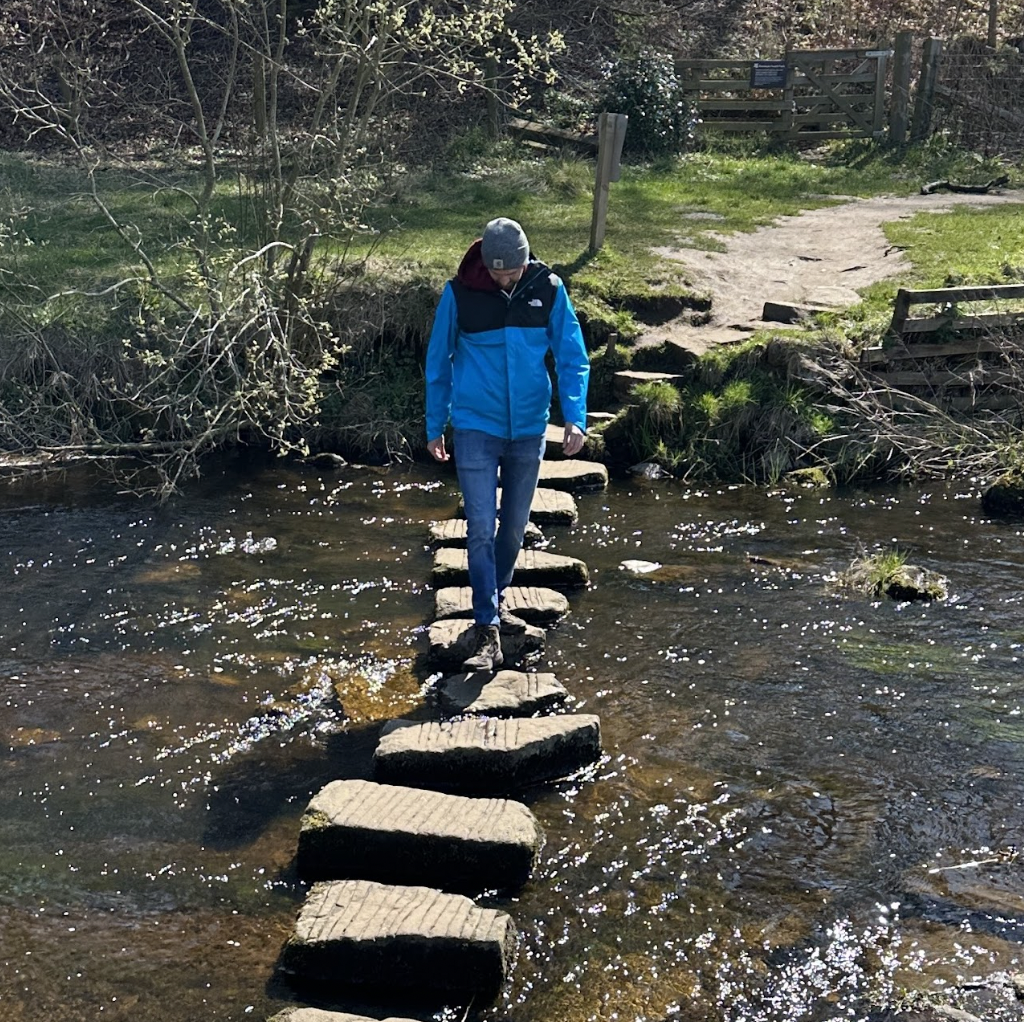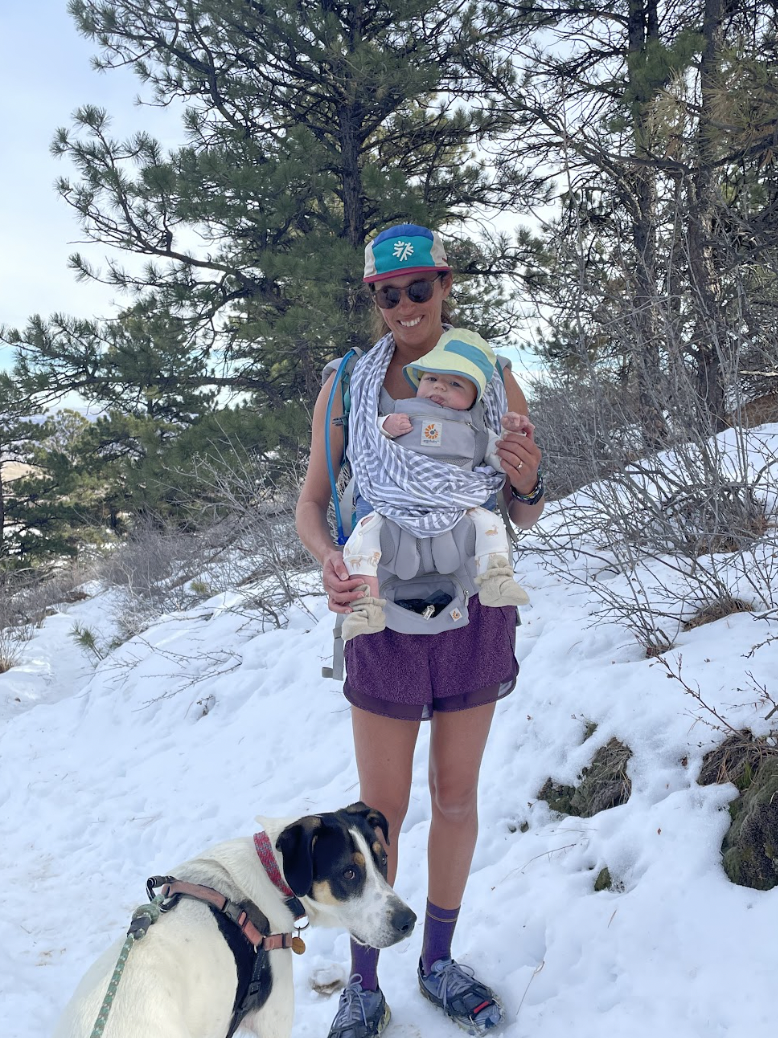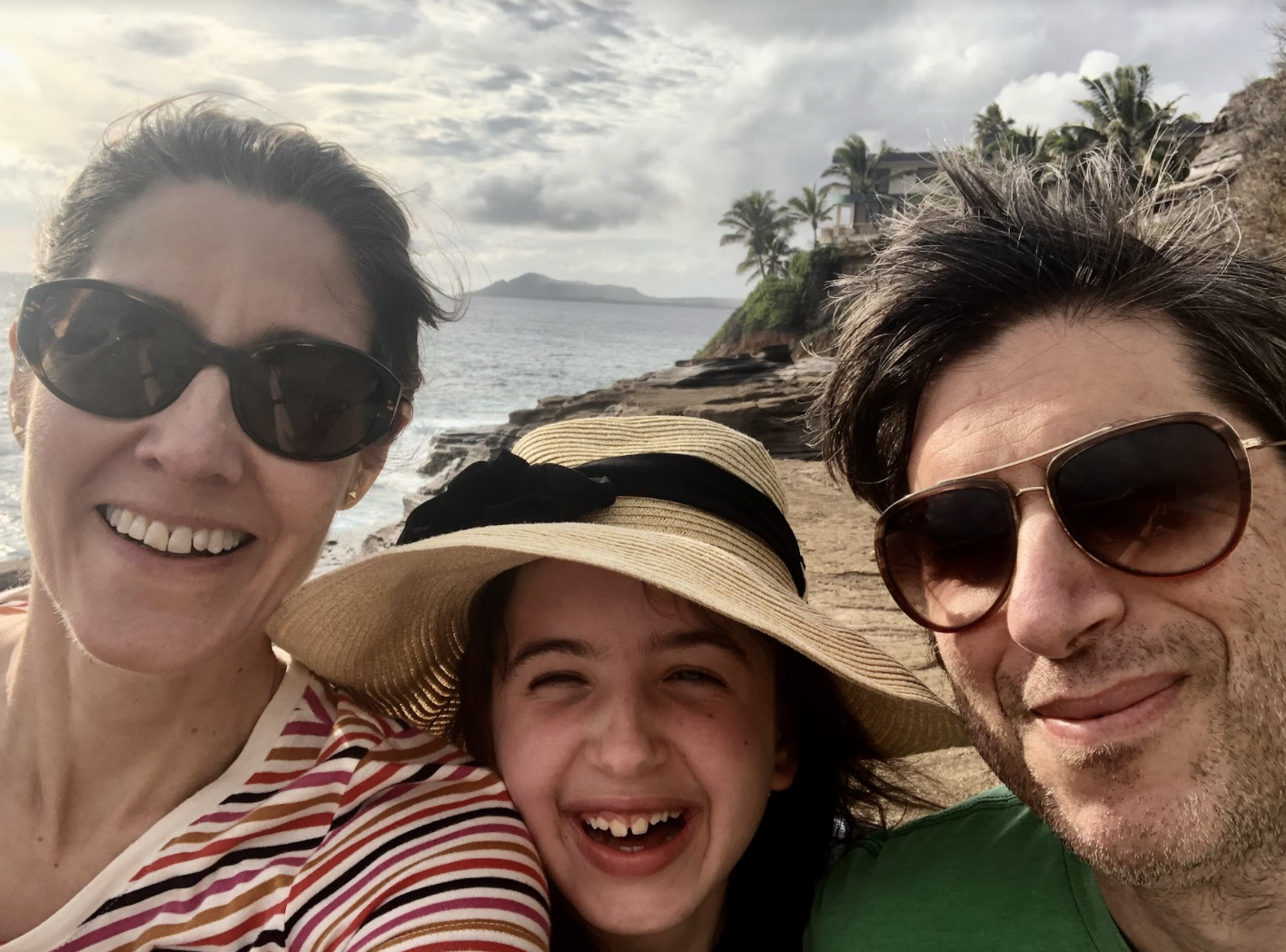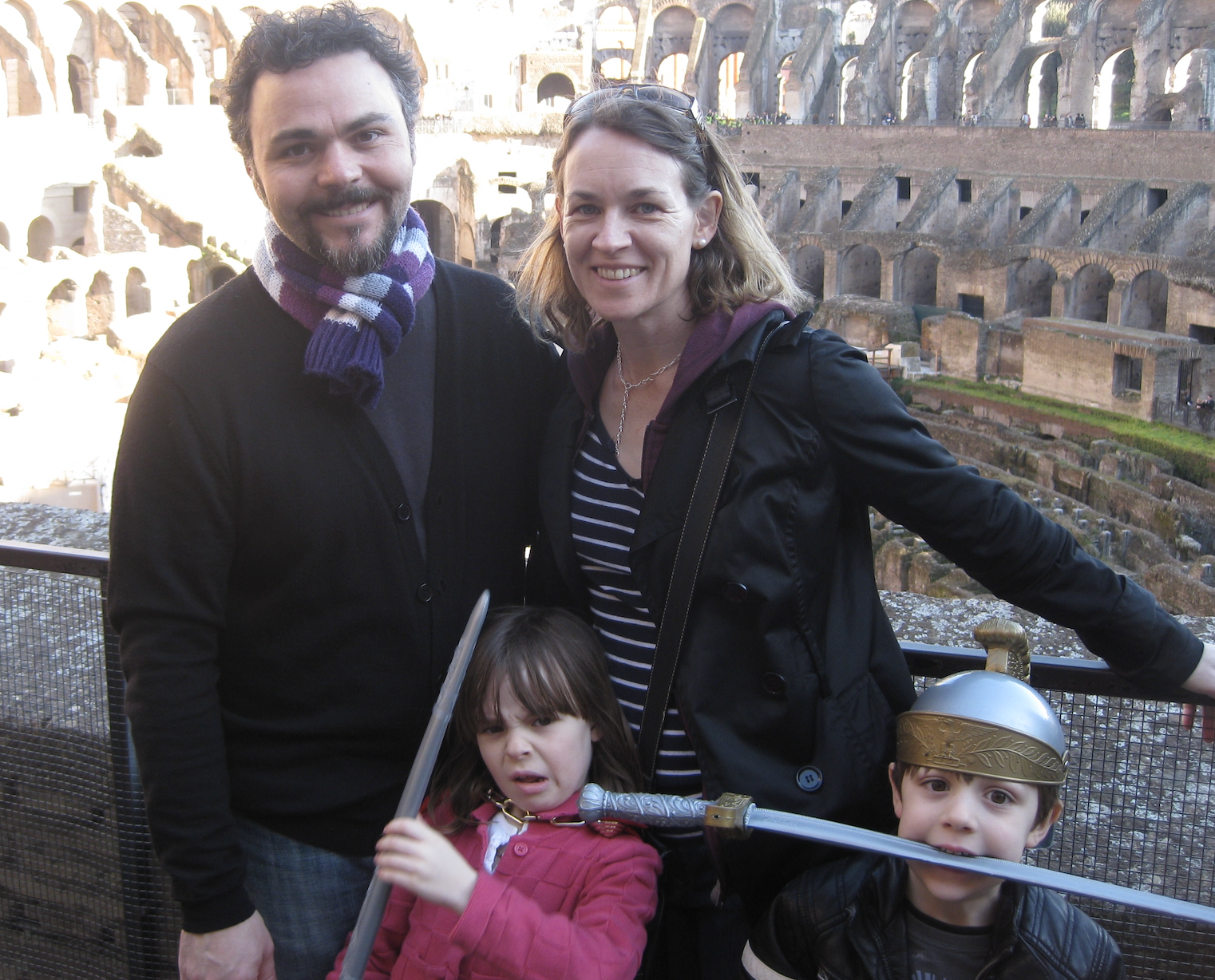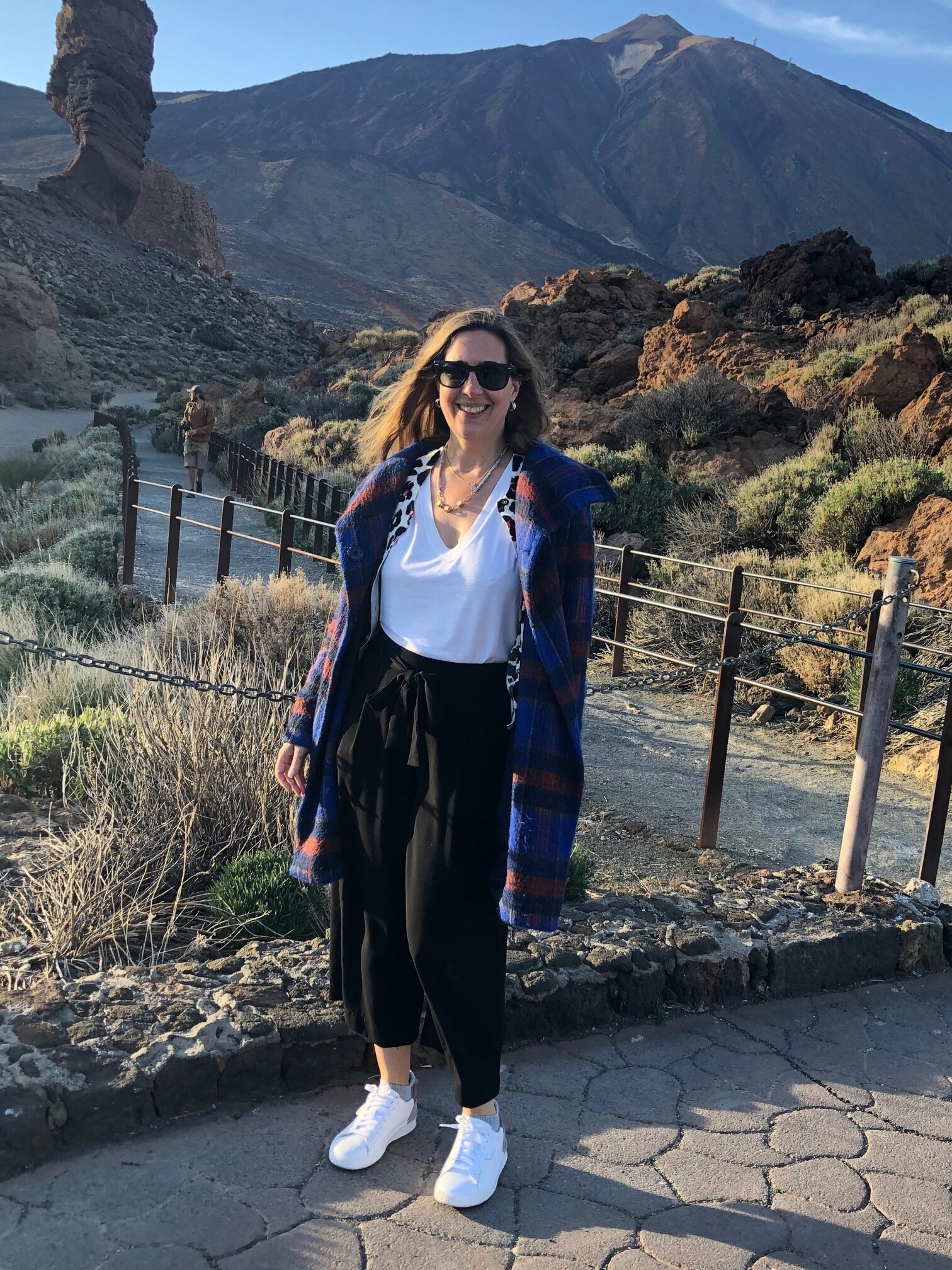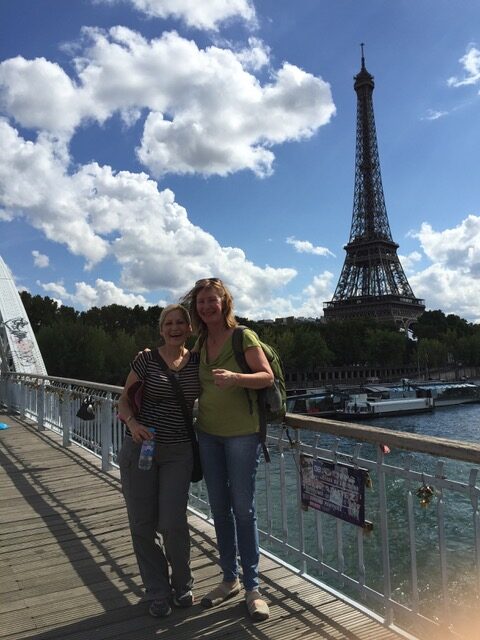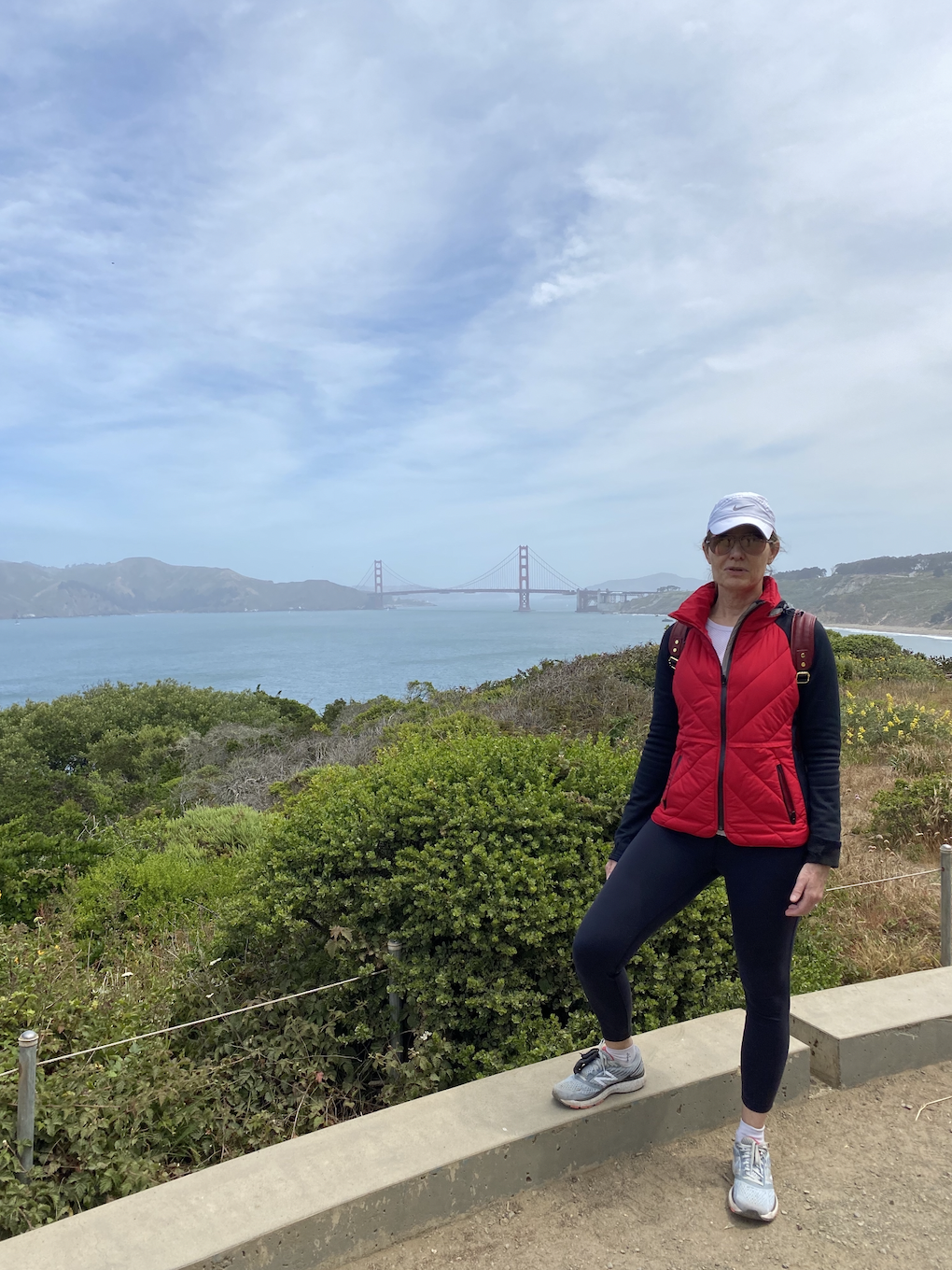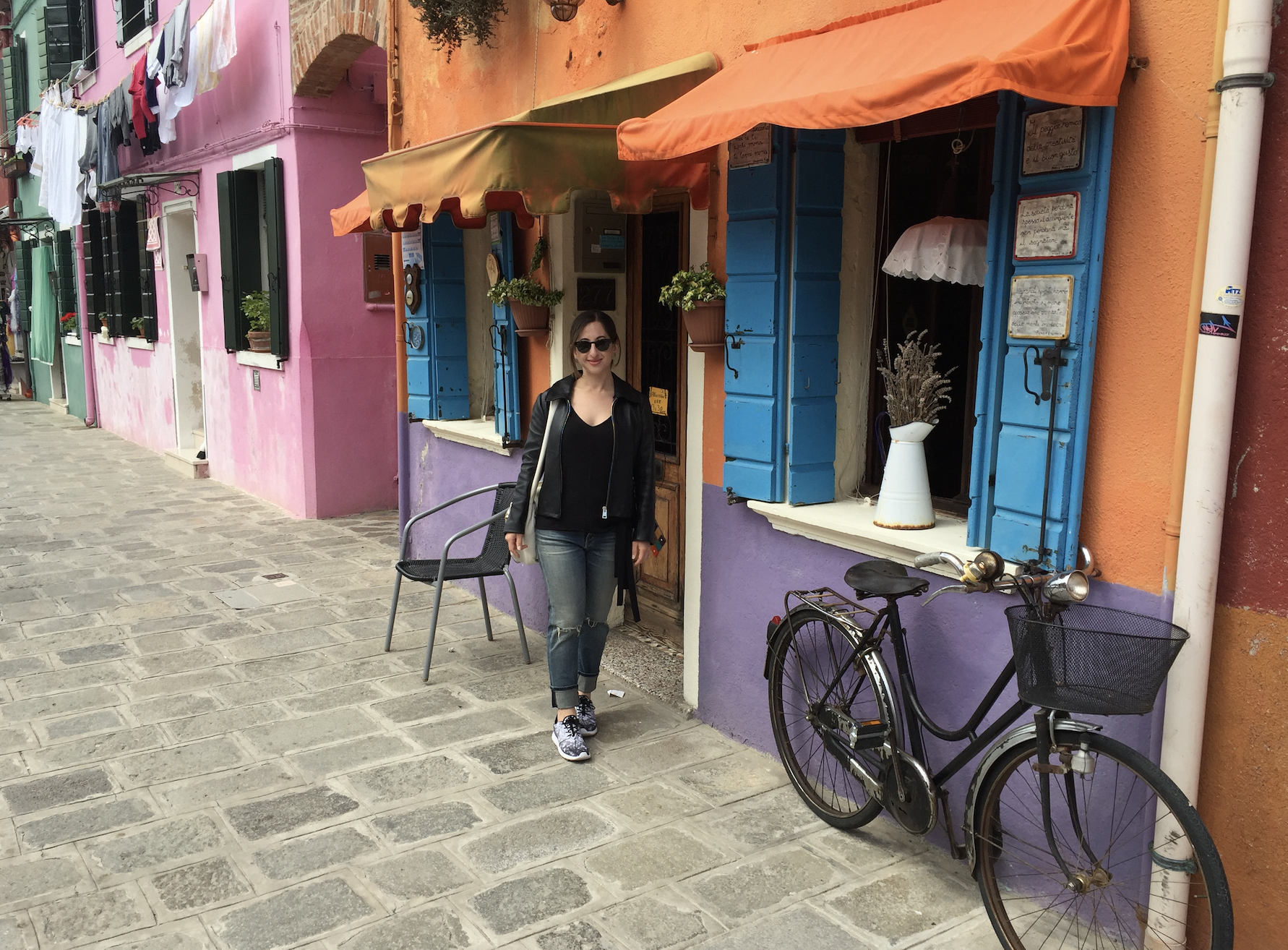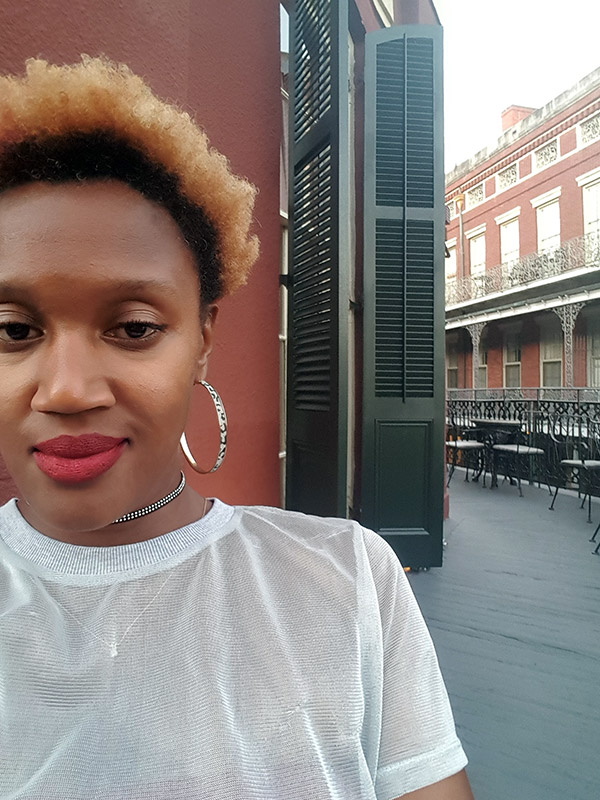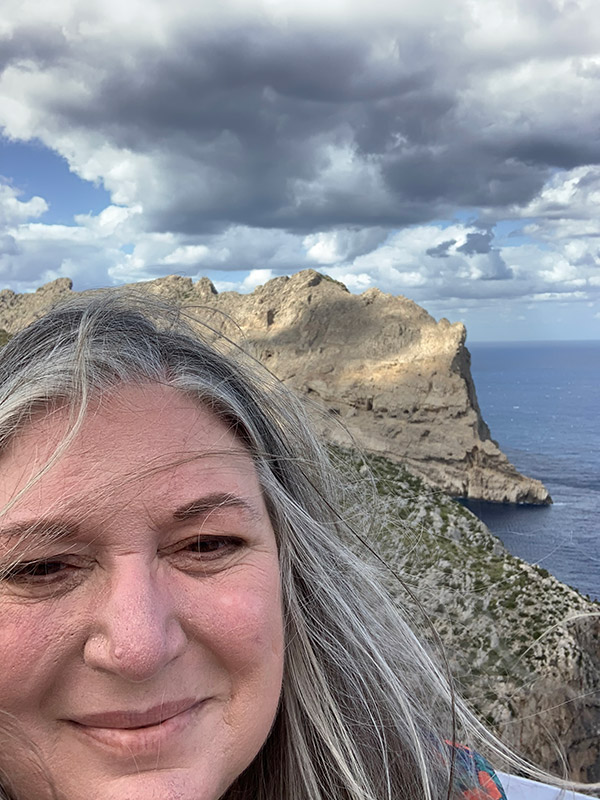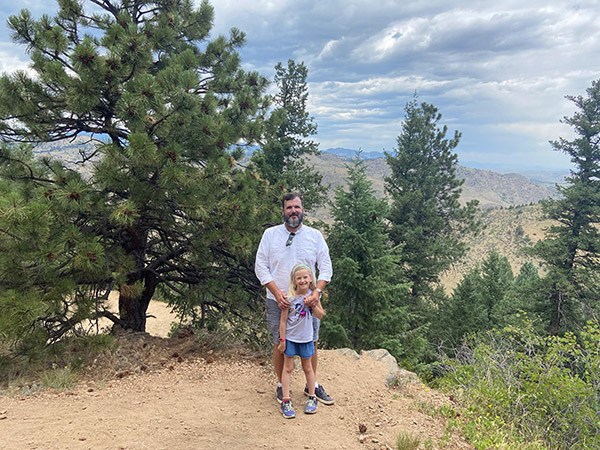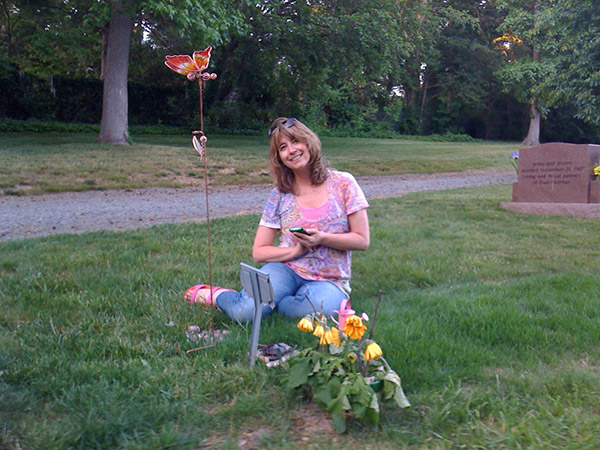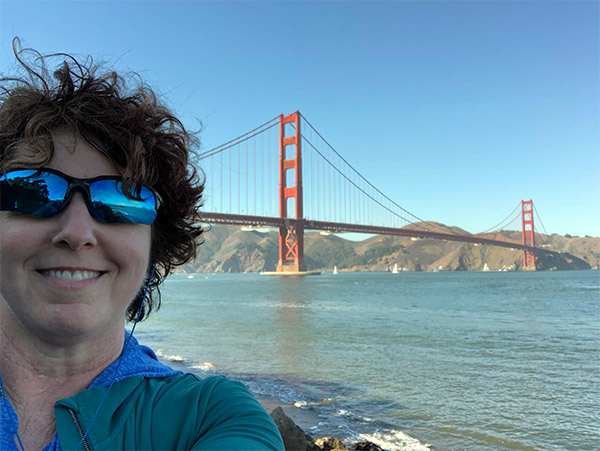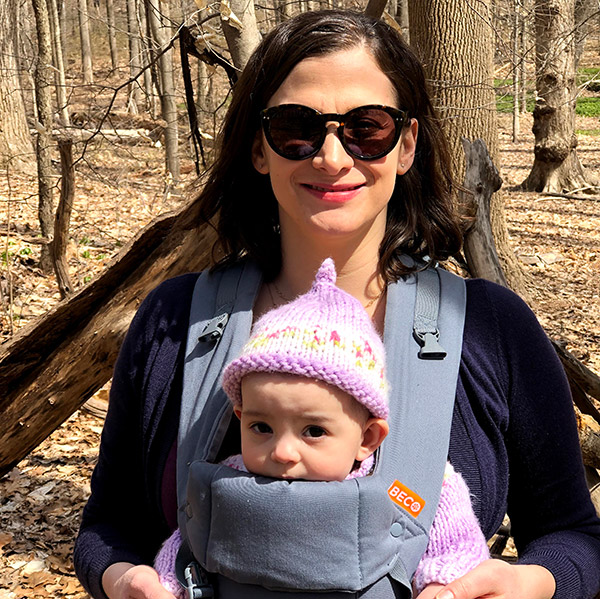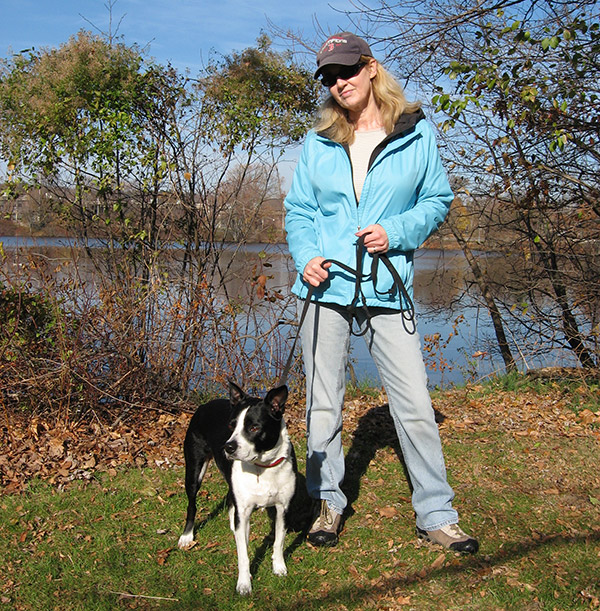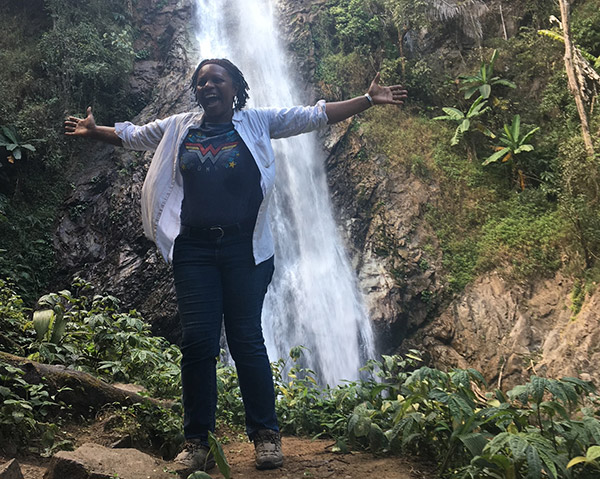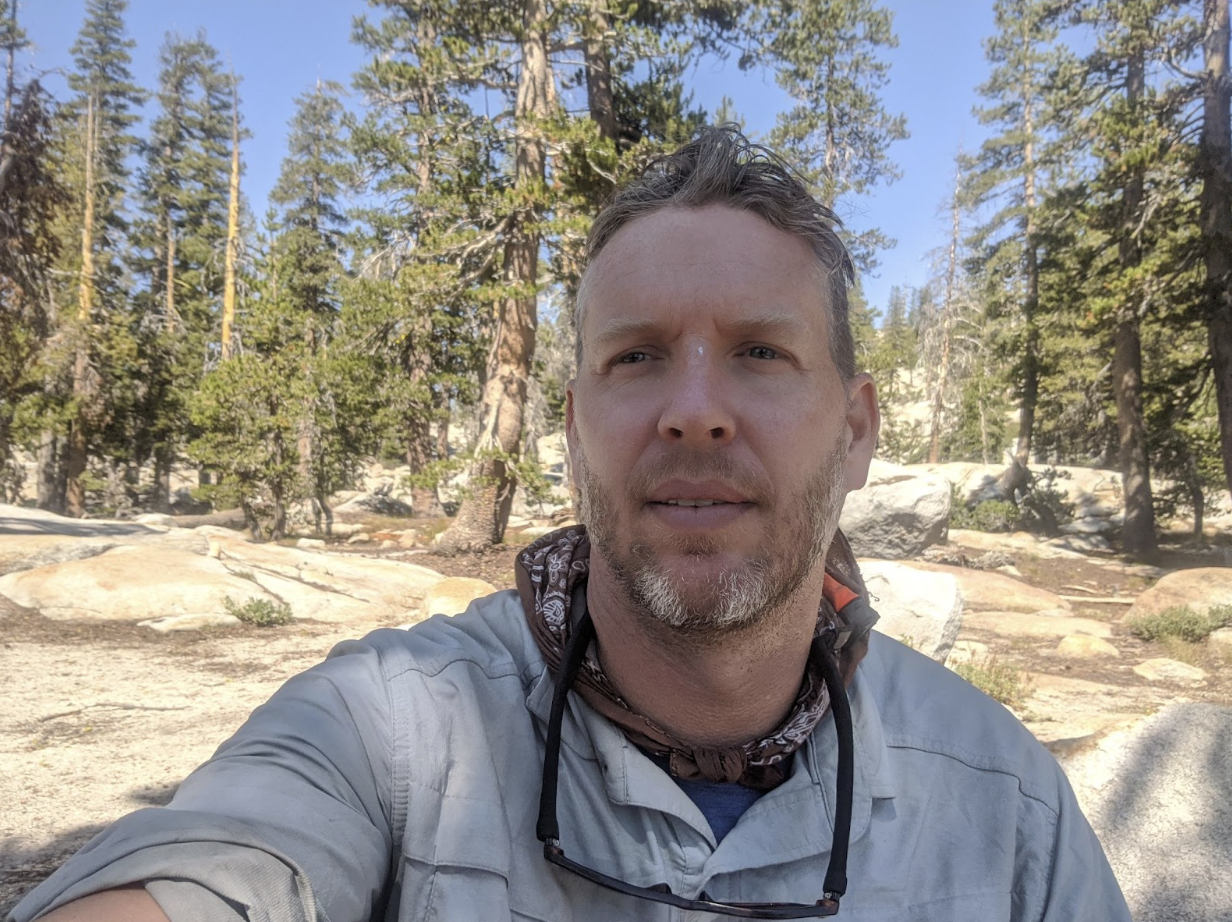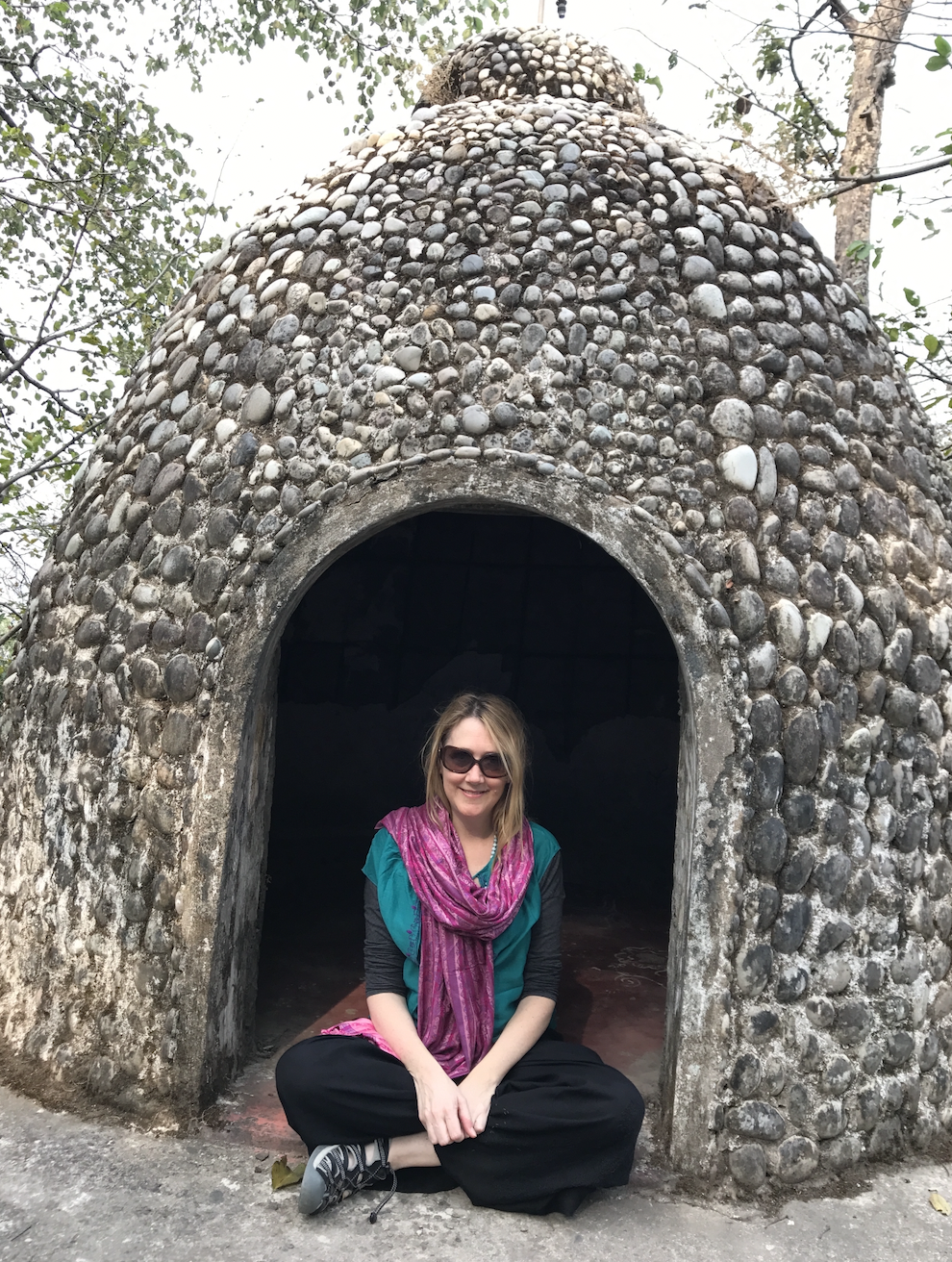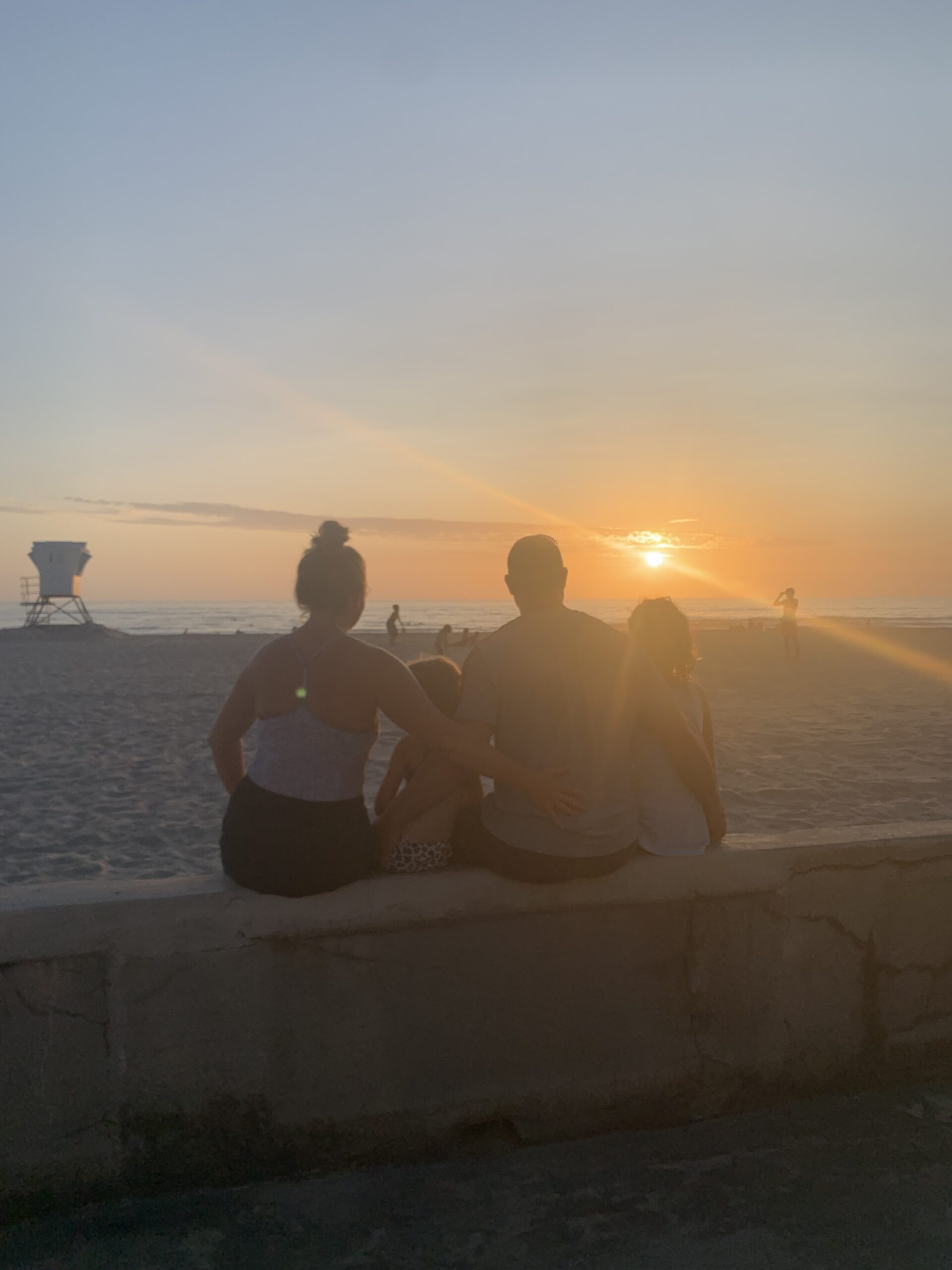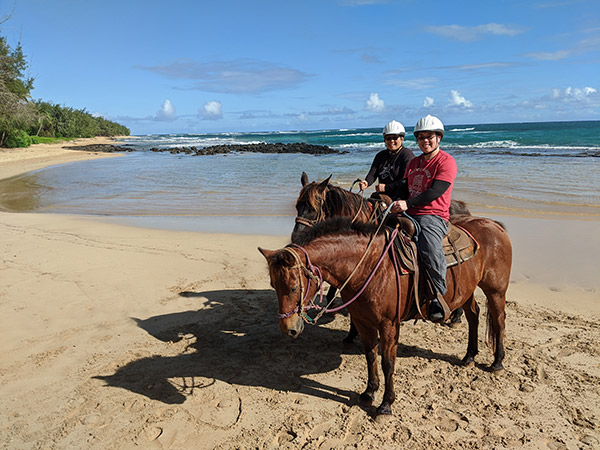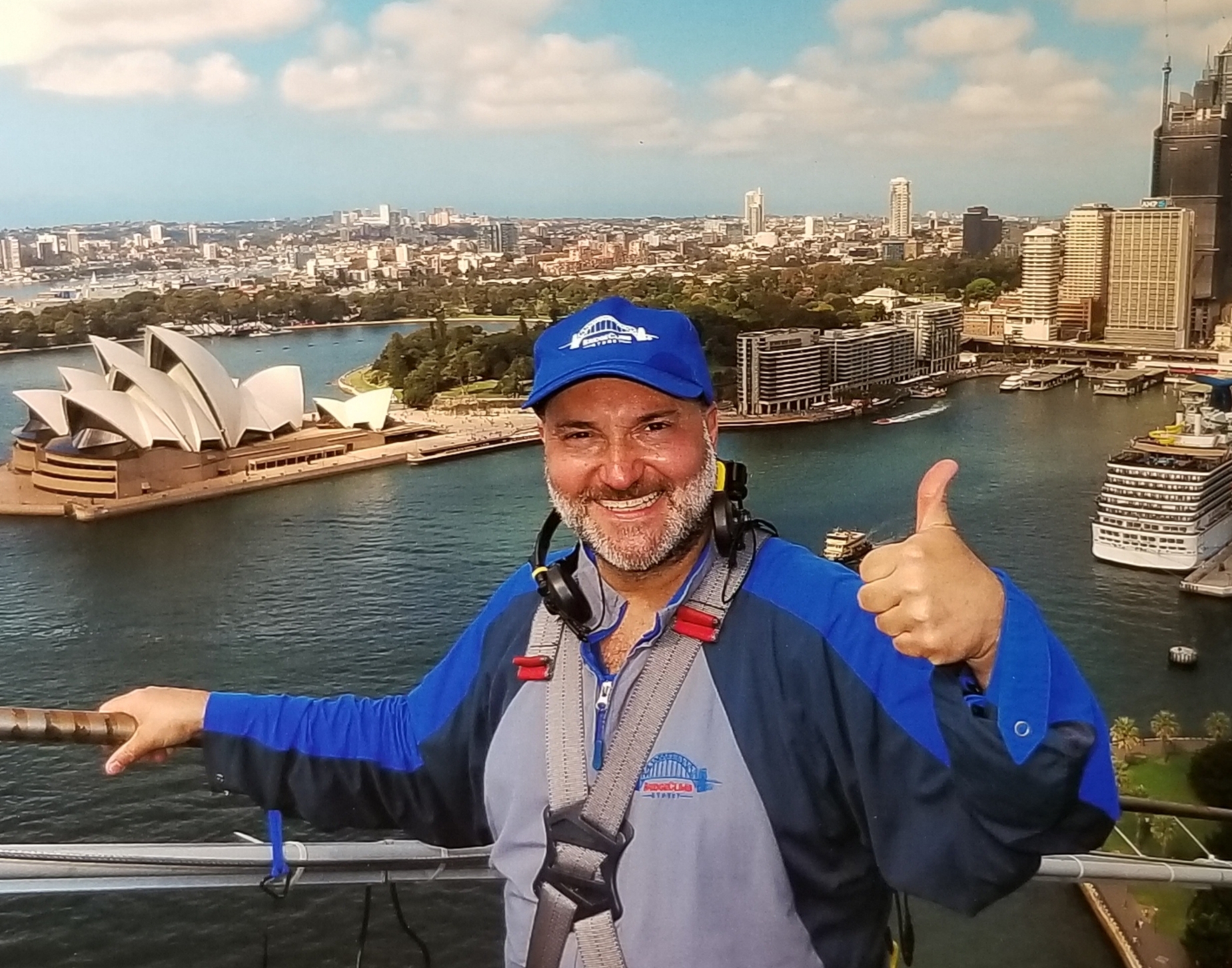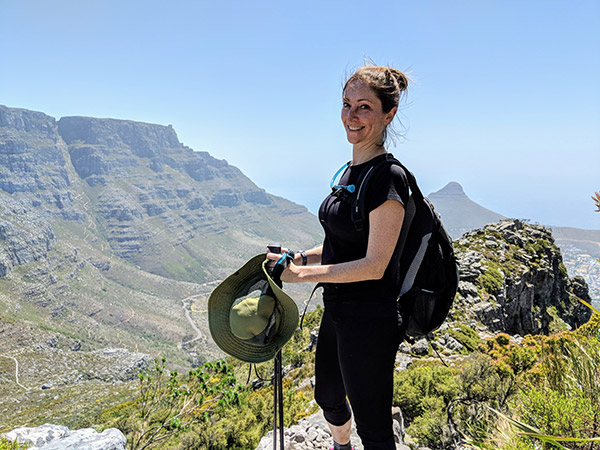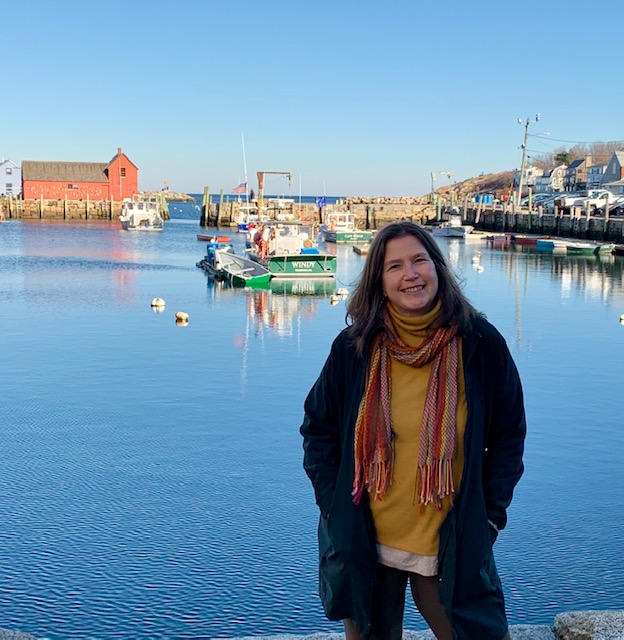Localization: How to Create Bilingual Content That Speaks to Multiple Audiences
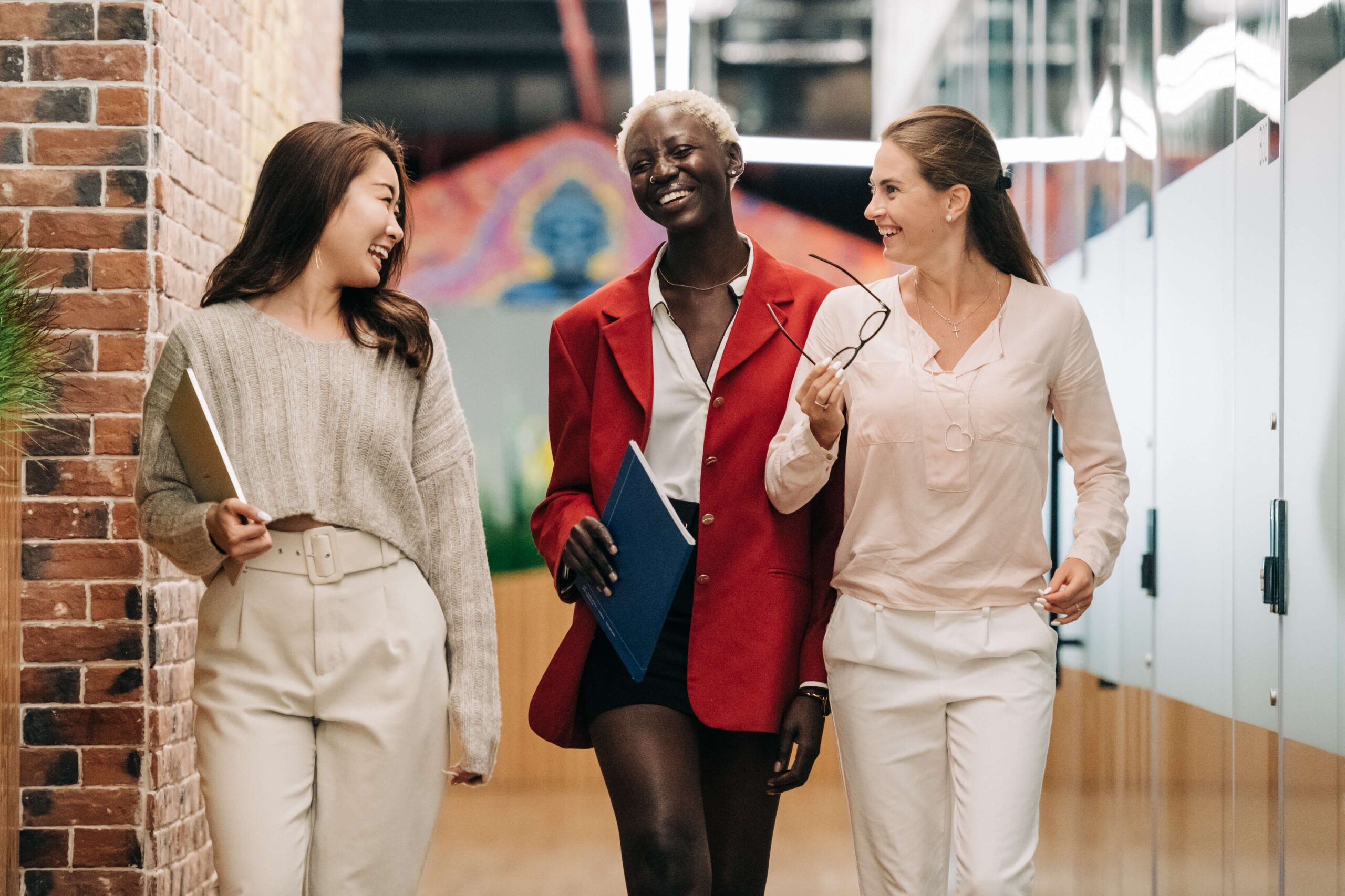
When it comes to translation and content localization, the biggest mistake you can make is to assume translation is an apples-to-apples game. There’s so much more to creating equitable content for diverse audiences than translating content from one language to another. You have to translate sentiment, consider cultural pain points and dialects, look at where your demographic is in its journey with your brand or your subject matter, and remain exceptionally agile through it all.
What is content localization?
Content localization, although complex by nature, can most easily be described as taking content produced in your native language (that is the language you use to communicate with your primary audience) and translating; transculturality; and essentially transforming it to be understandable by other relevant audiences that are either do not speak your native language at all or are more comfortable consuming content in their own native language.
Bilingual content creation and content localization are NOT the same as translation. Why? Because direct translation does not account for nuances in language like idioms, widely used slang, positive and negative connotations, emotions, and numerous other critical bits and pieces that cannot be properly be communicated through literal translation alone.
Instead, bilingual content creation and content localization are equal parts a science and an art. Depending on the complexity of the content you are trying to localize, translation can certainly be a first step, but it can’t be the entire process. You need that human touch to come in and massage the content; to question it, edit it for clarity, flow, and sentiment, and to ensure it will resonate with audiences in that secondary language just as well as it does in the original.
Create from scratch or transcreate?
While translation can be a great place to start, sometimes it’s not enough, even with that extra human touch. When deciding whether to transcreate content from one language to another or start from scratch, ask yourself these questions:
– How technical, complex, or nuanced is the subject matter you are trying to educate or sell your audience on?
– Can the intended sentiment/voice of the content be fairly easily translated/transcreated or will key details likely be lost in translation?
– Does your audience have any understanding of your native language, but prefers to consume content in their native language, or do they have little to no understanding of your native language?
5 Pro Tips
Let’s talk best practices. Here are 5 pro tips for creating equitable content for diverse audiences:
1. Translation vs. Transculturation: Focus on Stories, Not Words
Remember, translation is NOT an apples to apples game. Translation alone can feel cheap to your audience, while transcreation/transculturation always adds value. It shows your secondary audiences that they are not just an afterthought, but just as important to you as your primary audiences. It also shows that you are actually invested in them, and not just throwing them a bone. And it helps ensure that you are offering them an actual story with significance and value, not just a translation parading as tailored content.
2. Talk to your audience: Asking the right questions can change everything
As a brand, showing your humanity is one of the best things you can do to connect with your audience. When localizing content, don’t be afraid to ask your audience/customers what they care about. What worries them? What motivates them? What moves them? What do they need from you in order to feel like your brand and your content is for them, and what problems/pain points can your brand solve for a culturally specific audience? What are we doing right when localizing content for your consumption and where are we missing the mark? Are there any local content requirements we are not meeting?
3. Beyond translation: Customer journeys and tailoring content to your customer
Brands often make one major mistake when localizing content or creating bilingual content. They look at the content as single or one-off pieces instead of looking at the entire audience/customer journey. For example, you can’t just translate an email blast and in the same breath drive folks to articles, forms, videos, CTAs, call centers, etc. in a different language. That is not equity! The magic is in the details. If you are going to offer bilingual content for your varied audiences, you have to think in terms of journeys. Ensure that every stop on that journey has been properly transcreated for those audiences to consume with ease and meaning.
4. Can’t deliver an equitable language-specific experience?
If you find yourself without the proper resources to deliver an equitable language-specific experience, it’s time to consider that you are not ready to offer bilingual content. And that’s OK! If you can’t do it right and do it meaningfully now, don’t translate/transcreate the content or campaign at all until you can. Doing otherwise will only fail to connect with your intended audiences, and hurt your brand more than it will help.
5. Learn, learn, learn, and then learn some more!
Language and content are complex. Always be open to feedback and then use those learnings to boost the quality of your multi-language content. Don’t shy away from doing the foundational work either. Do you plan to regularly connect with your audiences in a language other than your native one? Take the time to build the glossaries and the processes, invest in bilingual resources, throw away your assumptions about other languages or cultures, and listen to the experts.























